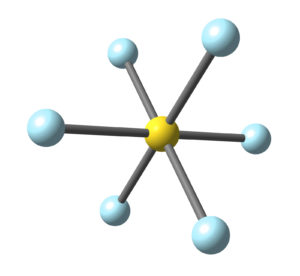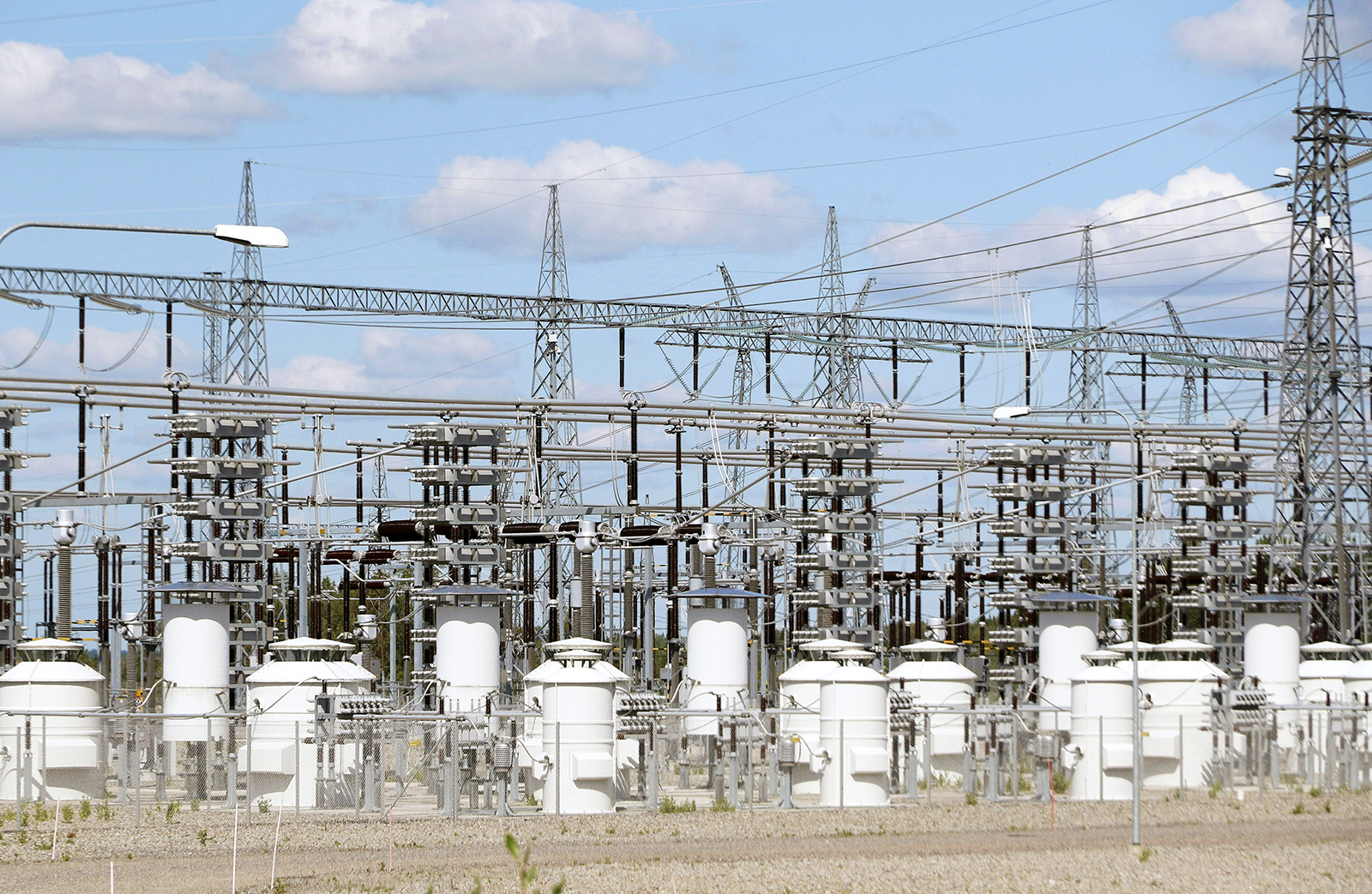Somebody needs to be the trendsetter when it is time to transition to a new technology. According to Unit Manager Janne Eskelinen, Fingrid is happy to assume this role as SF6, insulating gas that has worked reliably over the long term, must be replaced by a more environmentally friendly alternative.
However, it is not possible to replace SF6 gas without renewing the switchgear, and sets of switchgear will gradually reach the ends of their service lives. A long-term plan and roadmap are currently being prepared.
As a greenhouse gas, SF6 is approximately 23,500 times as powerful as carbon dioxide (CO2). It works superbly under controlled conditions, and it is constantly monitored at Fingrid. New solutions are now being sought, placing the climate first.
“This is a new thing for the industry, and Fingrid has set itself an ambitious target, which we have used as the basis for drawing up a roadmap for the introduction of SF6-free technology. The first pilot project is underway, and our vision calls for all new 110-kilovolt GIS to use the new insulation technology from 2025 onwards.”
The pilot project will be the 110-kilovolt substation in Virkkala, and the project to modernise the switchgear in this station could begin in the autumn of this year.
“The modernisation applies specifically to gas-insulated switchgear in the 110-kilovolt range. There are not yet any commercially available insulation technologies for use at higher voltages.”
Environmentally friendly mixed gas or compressed air
Eskelinen says that Fingrid has been in negotiations with switchgear manufacturers throughout the first half of the year. The industry is fairly centralised, and almost all European manufacturers have taken to the idea in earnest, resulting in considerable development work to replace SF6 gas.
“Different suppliers have different insulation solutions, which are typically new mixed gases or compressed industrial air. The global warming potential of the new technology is almost 100 per cent lower than for SF6 gas.”

Fingrid has now examined solutions from various manufacturers, and the most suitable technology will be selected by a public procurement process. Eskelinen admits that the transitioning to a new technology is a leap into the unknown.
“Being a trendsetter also involves taking risks. We have no experience of the new insulating gases. A rise in costs is foreseeable due to the limited competitive playing field and small group of suppliers.”
This is a global matter, as the discourse around environmental and climate-related matters is taking place on a pan-European level, and the European Union is drafting common regulations. Switchgear using new insulation technologies has already been installed in Central Europe and Norway, so some knowledge is beginning to accumulate.
Reliability until the end of the service life
The first high-voltage GIS and SF6 insulating gas entered the market in the 1960s. The combination is still functional and reliable, and Fingrid has no intention of abandoning it overnight. New technologies will become more widespread on the grid in the coming decades.
“The service life of switchgear is 40–50 years, and we make full use of it, which is also makes economic sense. When the equipment reaches the replacement age and the grid needs the switchgear to be modernised, we aim to install SF6-free switchgear.”
It is not possible to replace SF6 gas without renewing the entire switchgear. When the switchgear is replaced, reliable suppliers ensure that the SF6 gas is recovered safely and processed appropriately.
“SF6 is under constant supervision. It is released into the atmosphere in very small quantities, and it does not play a large role in our carbon footprint.”







One Response
It’s great that you are recognizing this nuisance and attempting to replace it. Good luck!